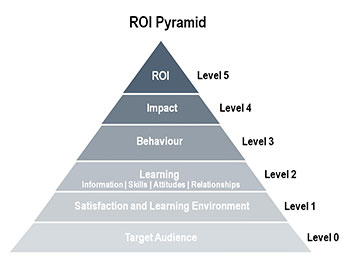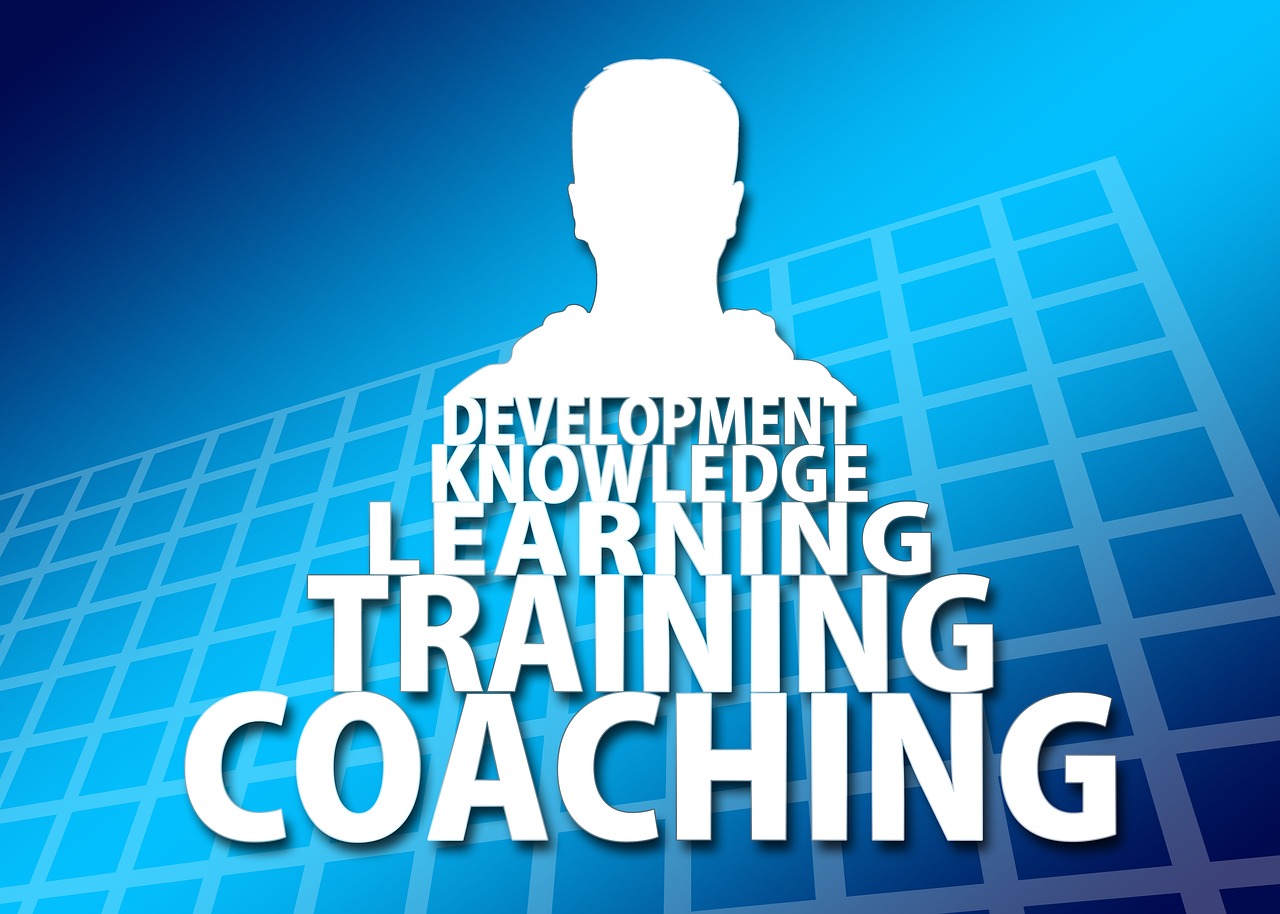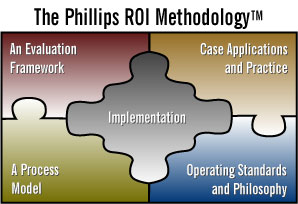 Level 2 Learning Objectives
Level 2 Learning Objectives
There is increased interest in evaluating the acquisition of knowledge and skills. These drivers include growth in the number of learning organizations, emphasis being placed on intellectual capital, and increased use of certifications as a discriminator in the selection process. Given this, Level 2 objectives should be well defined.
Level 2 objectives communicate expected outcomes from instruction; they describe competent performance that should be the result of learning. The best learning
objectives describe behaviors that are observable and measurable. As with Level 1 objectives, Level 2 objectives are outcome based. Clearly worded and specific, they
spell out what the participant must be able to do as a result of learning.
There are three types of learning objectives:
- Awareness—participants are familiar with terms, concepts, and processes.
- Knowledge—participants have a general understanding of concepts and processes.
- Performance—participants are able to demonstrate the knowledge and skills acquired.
A typical learning objective may be: “At the end of the program participants will be able to implement Microsoft Word.”
Sounds reasonable. But, what does successful implementation look like? How will you know you have achieved success? You need a performance measure, that performance measure is described in the Performance Criteria of Units of Competency (Training Packages) and will required an interpretation (unpacking) proces to provide the level of detail required for a effective assessment process (evaluation Level 2).
Compare broad objective with implementaiton measures (after interpretation of the Unit of competency):
Objective: At the end of the course, participants will be able to implement Microsoft Word
Measure: Within a 10-minute time period, participants will be able to demonstrate to the trainer the following applications of Microsoft Word with zero errors:
- File, Save as, Save as Web Page
- Format, including font, paragraph, background, and themes
- Insert tables, add columns and rows, and delete columns and rows
Level 3 Application and Implementation Objectives
Where learning objectives and their specific measures of success tell you what participants can do, Level 3 objectives tell you what participants are expected to do
when they leave the training environment. Application objectives describe the expected outputs of the training program. They describe competent performance that
should be the result of training and provide the basis for evaluating on-the-job performance changes. The emphasis is placed on applying what was learned.
The best Level 3 objectives identify behaviors that are observable and measurable, outcome based, clearly worded, specific, and spell out what the participant has
changed as a result of the learning.
A typical application objective might read something like this: Participants will use effective meeting behaviors.
Again, you need specifics in order to evaluate success. What are effective meeting behaviors and to what degree should participants use those skills?
Compare application objective with measurable behaviors.
Objective:Participants will use effective meeting behaviors.
Measures:Participants will develop a detailed agenda outlining the specific topics to be covered for 100% of meetings. Participants will establish meeting ground rules at
the beginning of 100% of meetings. Participants will follow up on meeting action items within three days following 100% of meetings.
With defined measures, you now know what success looks like.
An important element of Level 3 evaluation is that this is where you can assess success with learning transfer. Is the system supporting learning? Here you look for barriers
to application as well as supporting elements (enablers). It is critical to gather data around these issues so that corrective action can be taken when evidence of a problem exists. You may ask how you can influence issues outside your control—say, when participants indicate that it is the supervisor that prevents them from applying newly acquired knowledge.
Through the evaluation process, data is developed that arms you to engage in dialogue with supervisors. Bring the supervisor into the fold; ask the supervisor for help. Tell the supervisors that there is evidence that some supervisors do not support learning opportunities and you need their advice as how to remedy the situation.
A comprehensive assessment at Level 3 provides you with tools to begin the dialogue with all stakeholders. Through this dialogue you may find that many managers
and supervisors and colleagues do not understand the role of Vocational Education and Training, nor do they have a clear understanding of the adult learning process. This is an opportunity to teach them, thereby, increasing their support.




